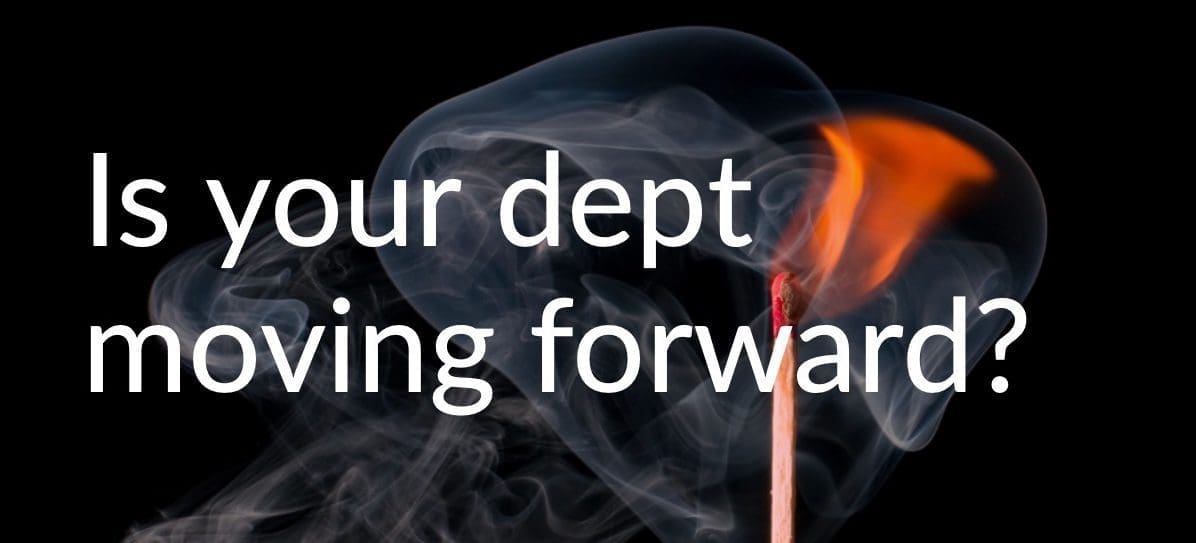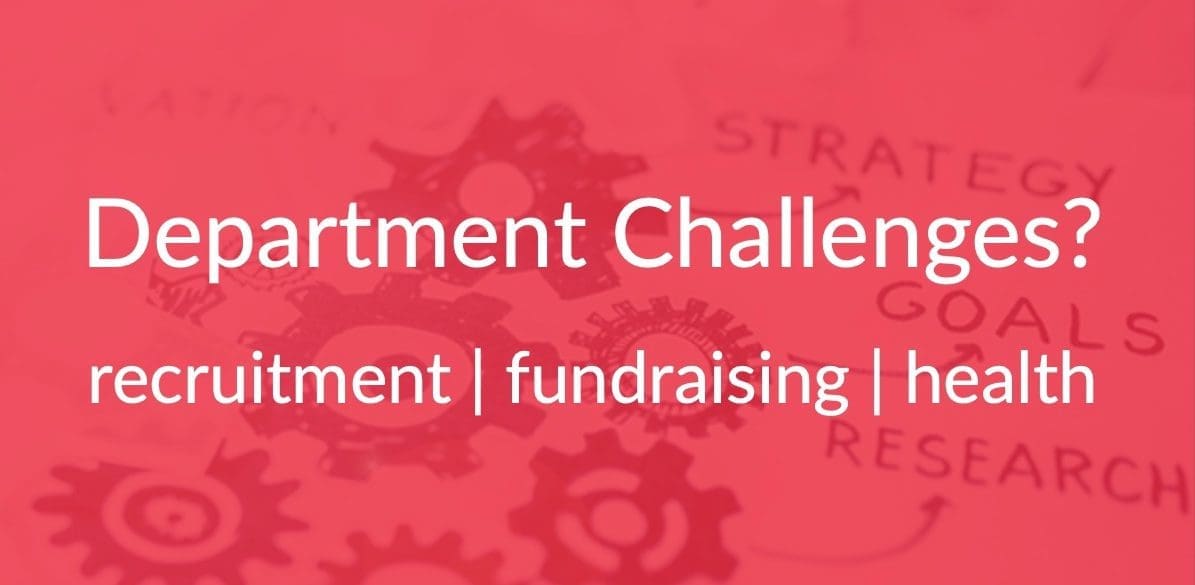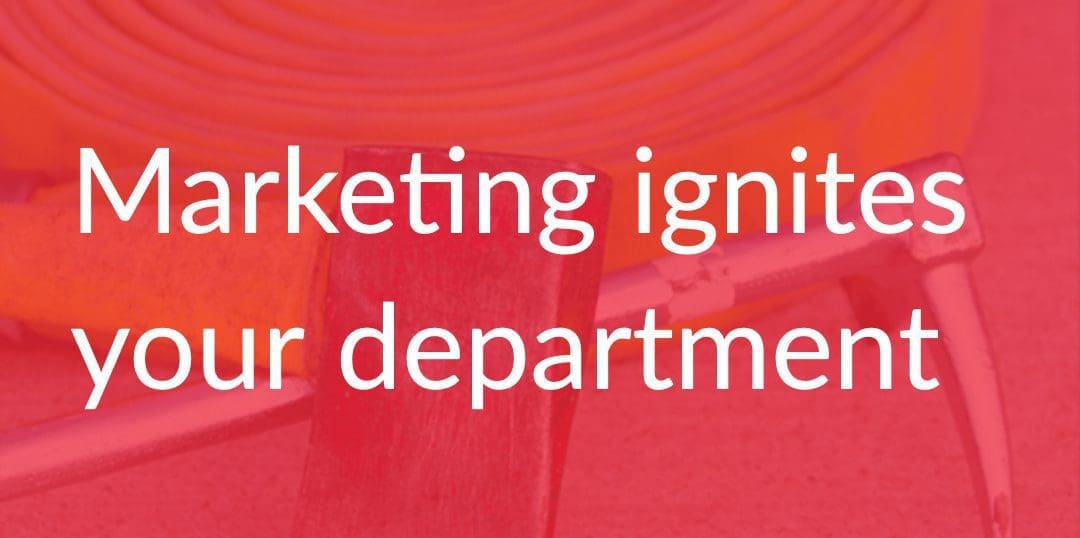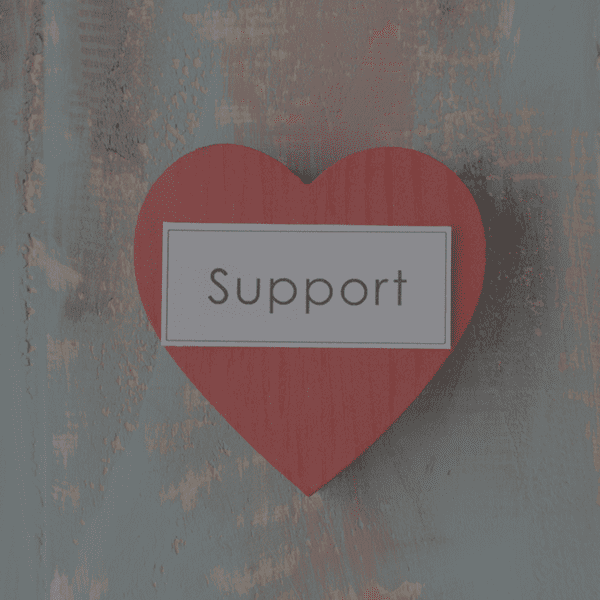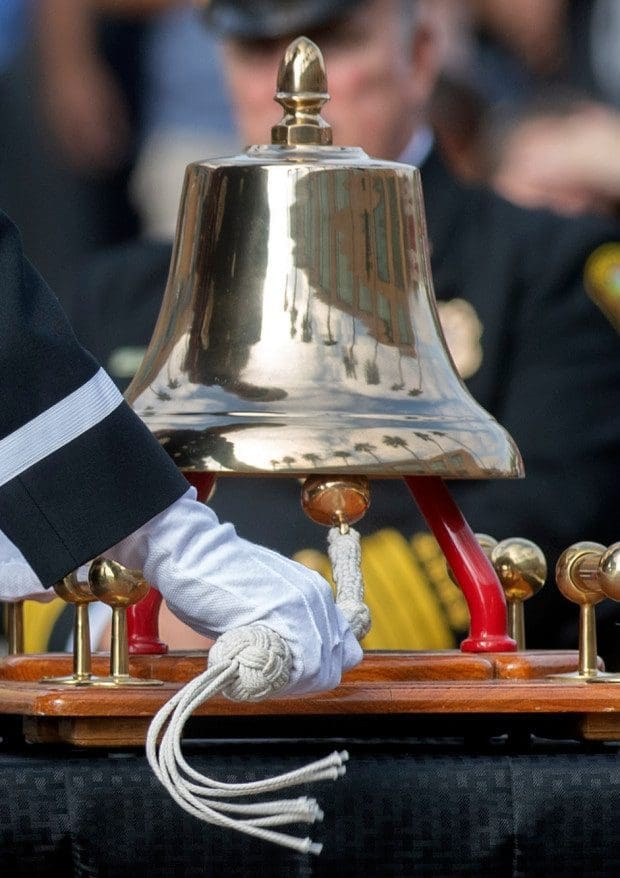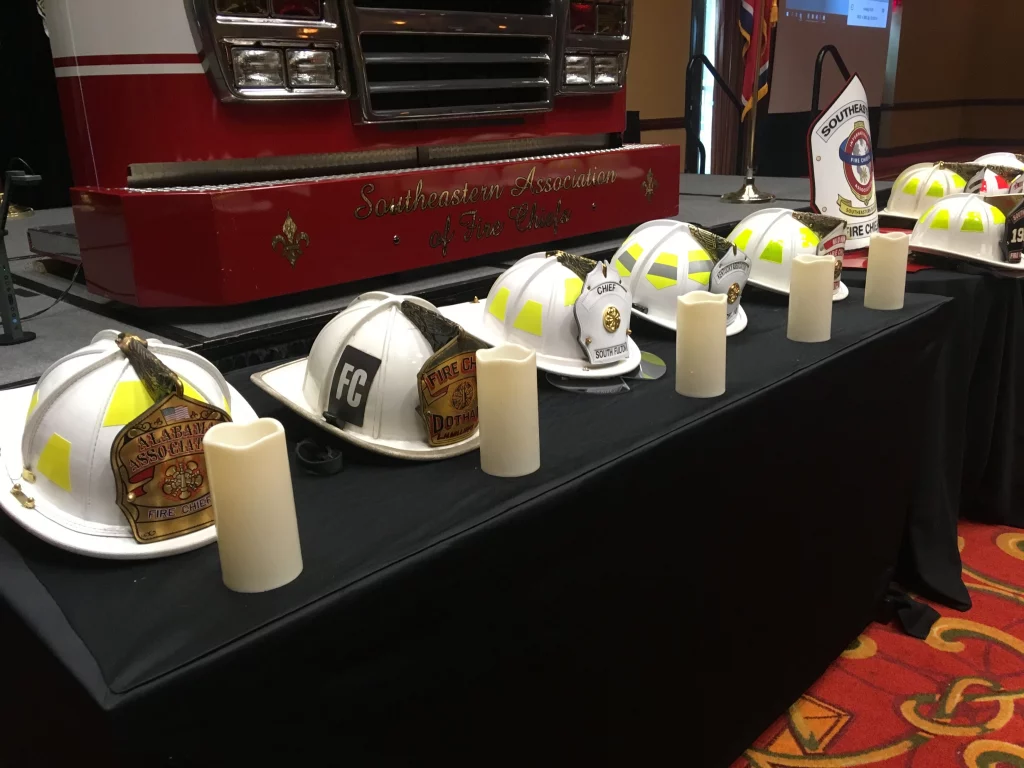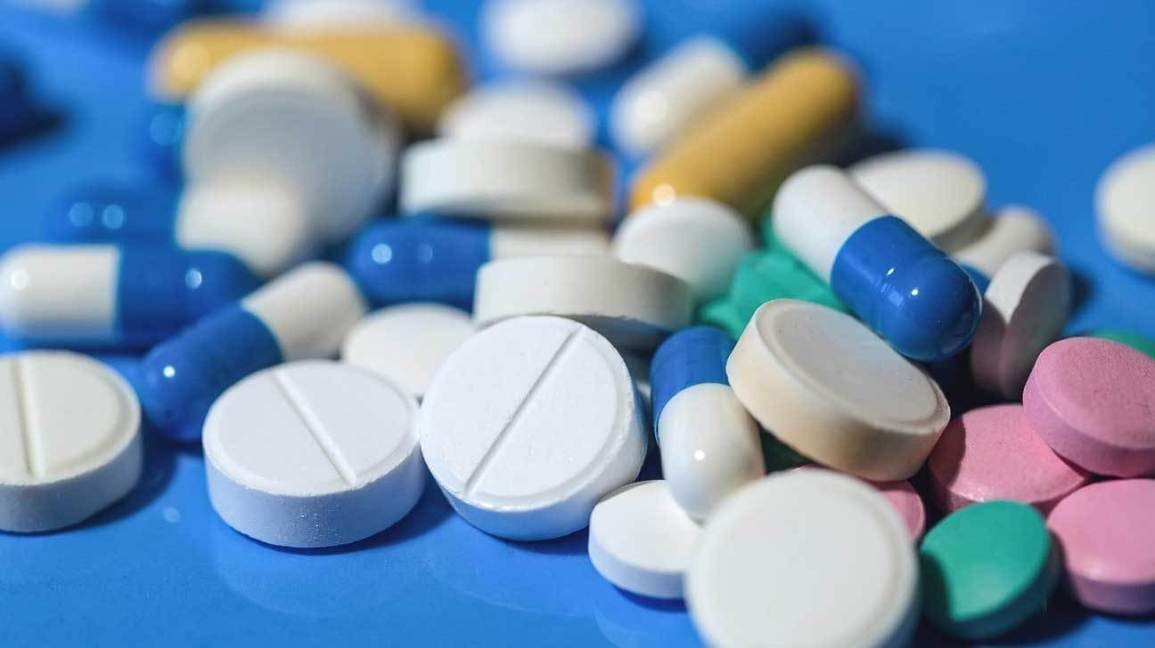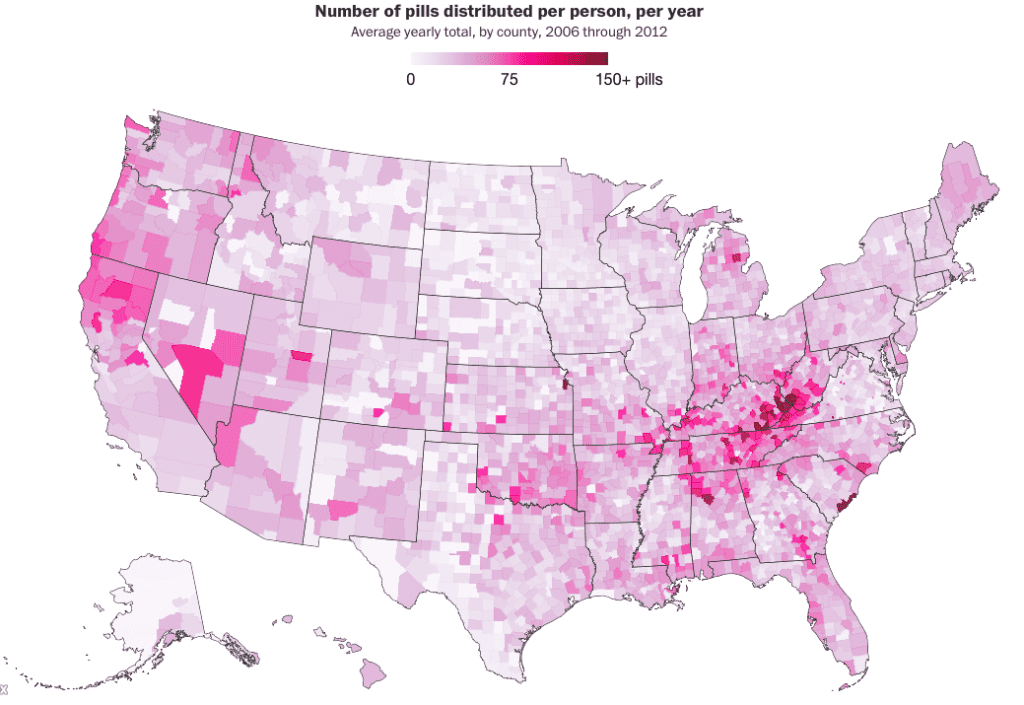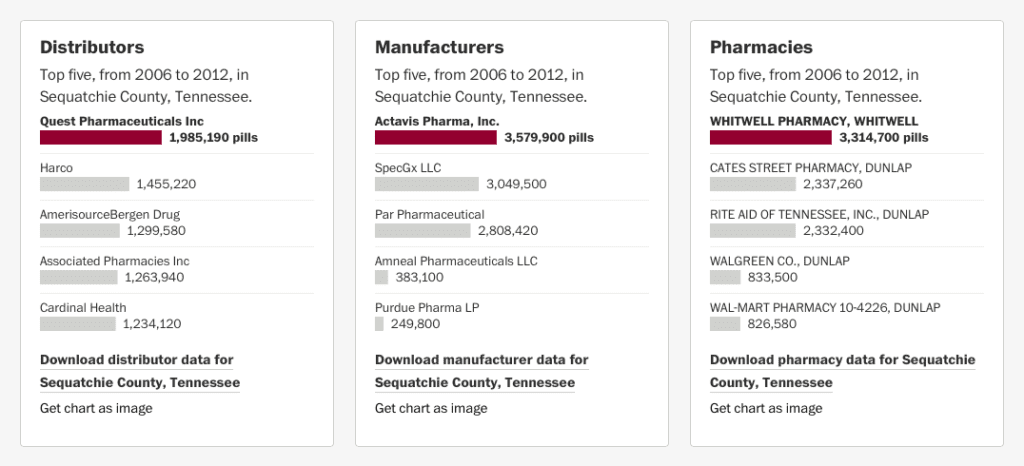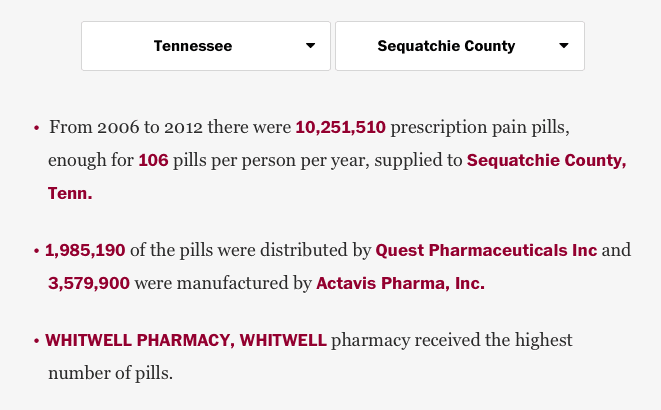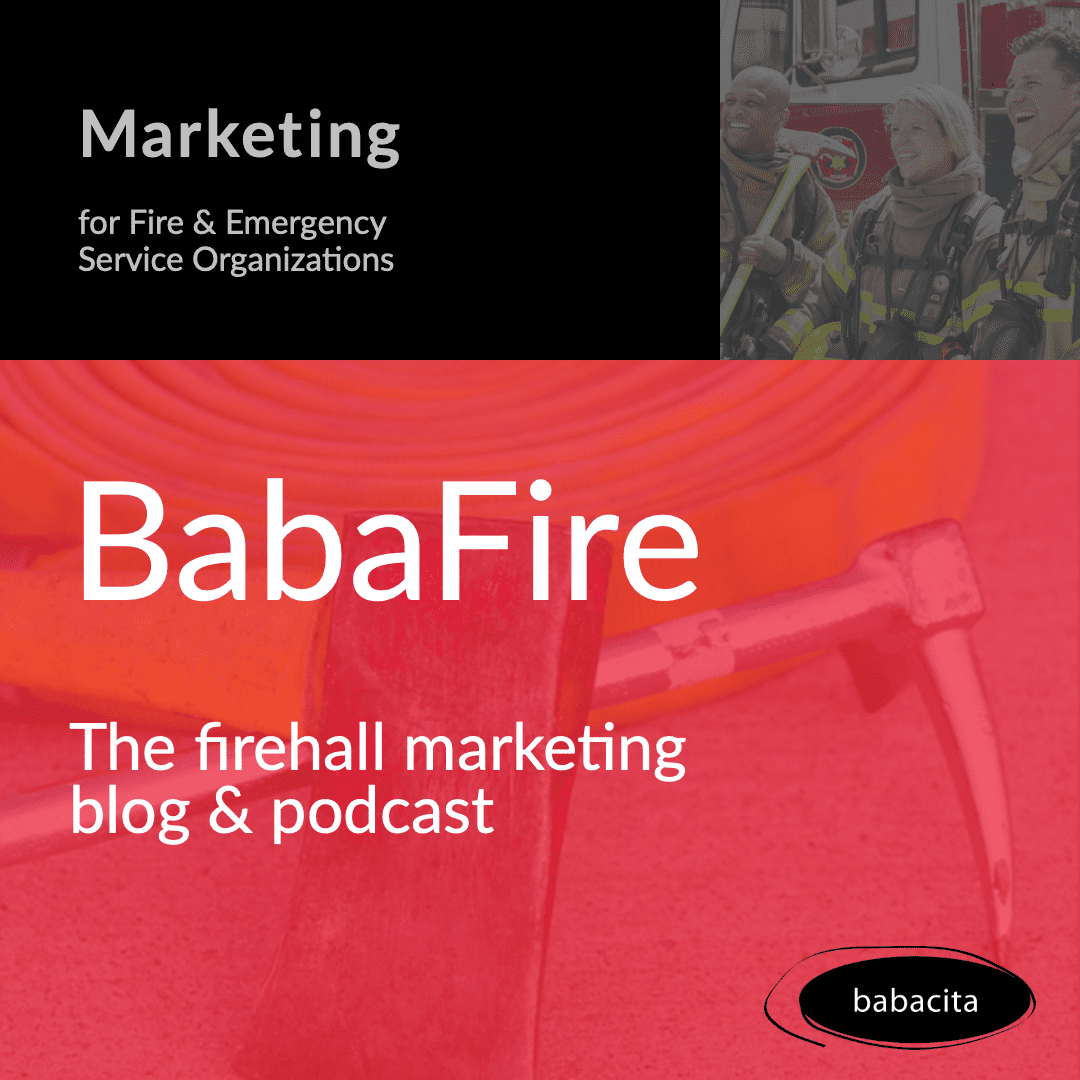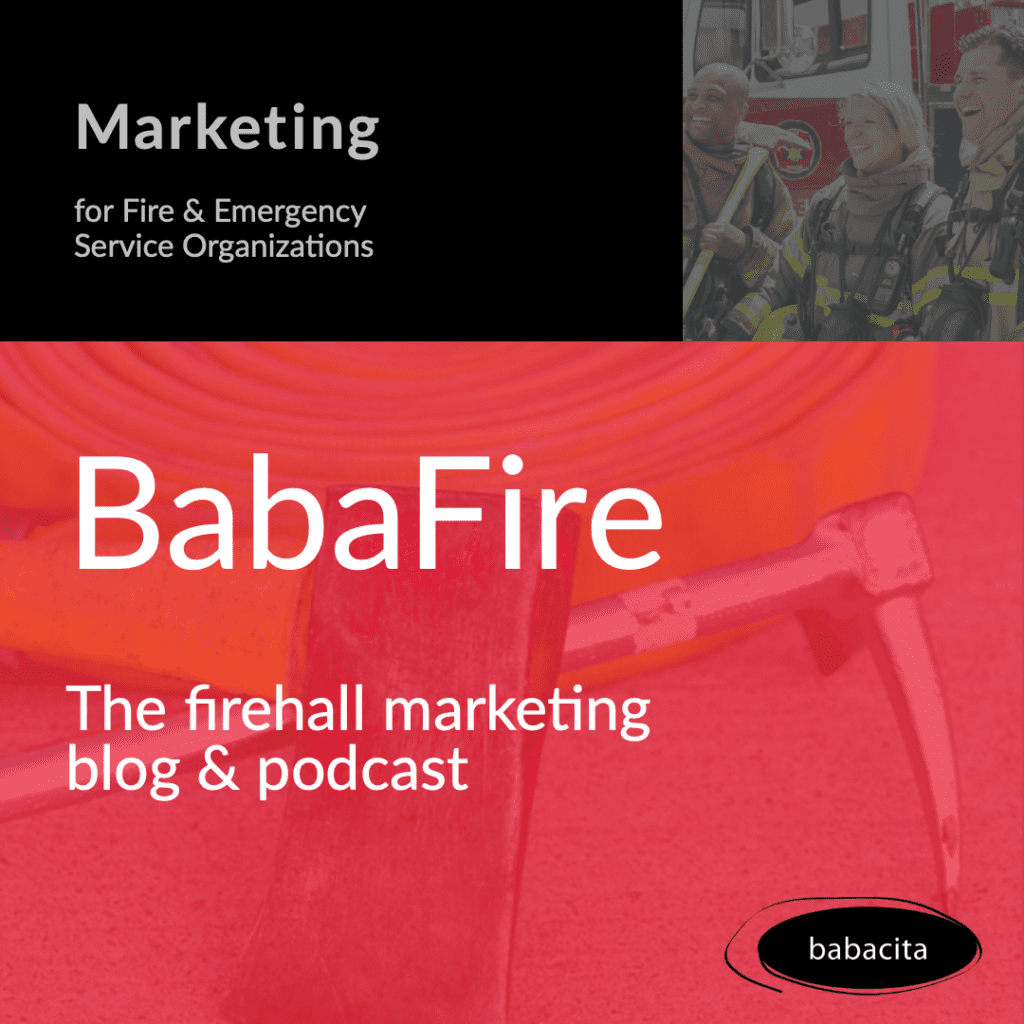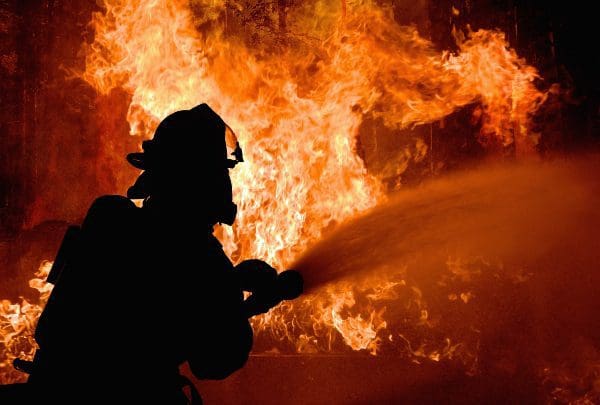Part 3 – What Every Department Needs (but nobody’s doing it)
How is your department moving forward? If you’re doing the same things, expect the same results.
Quick recap… In part 1 we talked about the building blocks of marketing while in part 2 we continued with engaging your community and the value you bring. Let’s keep going.
The thought of marketing is something new, but it’s proven… I’ve proven it works with engagement and support from the community, with a renewed sense of pride and belonging among members and a defined focus on where we are going.
Some results from initiating a marketing program about 18 months ago:
- Updated department shield – Station signage, t-shirts, hats, stickers, kids coloring books all with our shield
- Events such as our monthly Bingo & BBQ pack our community center (holds about 175 people) and raised funds for the department
- A community mailing has increased donations
- Active grant submissions are resulting in additional funding
- Facebook – Followers from 0 to 638, 1,038 post engagements (likes/shares) for last month
- Website – 842 users with the most popular pages being volunteer opportunities and wildfire preparedness
- Membership growth from 7 to 22
- Community support!
I’m in on this marketing thing, now what?
The openness to trying something new to better your department and how you serve the community is the first step.
Now… go back to part 1 and really think about the examples but for your department. Put it down on paper. Review. Revise. Keep going through this cycle till it feels right then review with your officers or membership for their thoughts. Review part 2 again… jot down any notes you may have and how you think they might work with your community.
Outline your risk areas and how you can help reduce them. Now marry your part 1 efforts with those risk areas… map out a plan. For marketing it’s all about consistency and repetition… with your message, your visuals, the colors you use… everything.
Grab your calendar and map out the weeks. What are you going to communicate and when? Tie those items into events, holidays, community gatherings, etc. Then… how do you deliver the messages? What works based on your community (audience)? What do you think will work?
It doesn’t have to be perfect; it has to be authentic and a dedicated effort to make things better. Show your value. Tell your community what you do, as most really don’t know.
I know the “how am I going to do this?” question is in your mind also. You need someone to write, plan and execute. Are one of your members marketing-savvy? What about a member spouse or child? Is there a community member or a college nearby? A retired teacher? Delegate. You can’t do everything, and this role doesn’t need to be a firefighter or emergency medical responder. Find a person who can run these efforts with checking in with you prior to anything being published. This person is an integral part of your department and should be thought of as that.
I know I’m just scratching the surface. Take your time and be methodical on how you approach this. Hope this helps give you a new perspective on marketing and some pointers to head in the right direction.
Marketing – it’s the right thing to do for your department and community.
